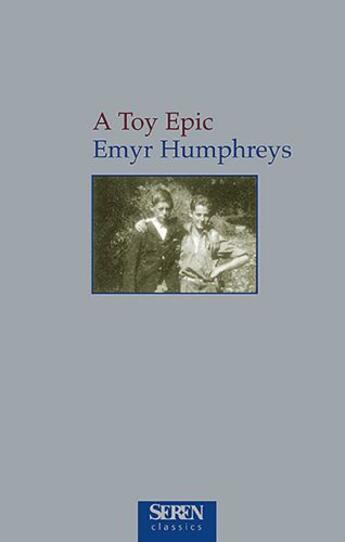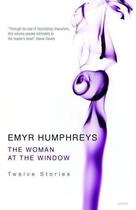-
Nombre de pages : (-)
-
Collection :
(-)
-
Genre :
(-)
-
Thème :
Non attribué
-
Prix littéraire(s) :
(-)
Résumé:
?A Toy Epic is the story of three boys moving towards the threshold of adult life in the 1930s. From differing backgrounds their lives cross and touch until they become firm friends. ?Each of them, Michael, Albie and Iorwerth, take up the story in turn, creating their own particular world and... Voir plus
?A Toy Epic is the story of three boys moving towards the threshold of adult life in the 1930s. From differing backgrounds their lives cross and touch until they become firm friends. ?Each of them, Michael, Albie and Iorwerth, take up the story in turn, creating their own particular world and contriubting to the composite picture of life in 'one of the four corners of Wales'. ?Significantly, A Toy Epic is Wales' most important war novel, the dominant central theme of the book. It is framed by the two World Wars, and their shadows, one gone and one looming, colour the novel dark. War is the ultimate representation in the book of a dilemma: that war, although a threat to the existence of civilisation, can also advance it. A Toy Epic is Wales' shining example of modernism. Humphreys, in this book at least, is a modernist in the exact sense of the word. He experiments with form (in the footsteps of Woolf - in particular The Waves which folds an avuncular arm around A Toy Epic from beginning to end), but also he is conducting these experiments at the fault lines of fear and exaltation that the early part of the twentieth century inspired in its artists. A Toy Epic is a marvellous example of modernist techniques employed to condense the reading experience whilst opening up the riches of the prose's potential. It is also a very moving story of three boys growing up, about childhood, and Welsh childhood specifically, between the wars; it is about church versus chapel, about class, about different types of masculine identity, about prospects, about sex, marriage and about death. As M. Wynn Thomas points out in his full and excellent introduction to this edition, the boys represent the polarities at work in Wales during the time; the anglicanisation of Wales from without and within, the erosion of tradition, the significant internal migrations to the coast. Seldom has the country been so tellingly portrayed.
Donner votre avis









